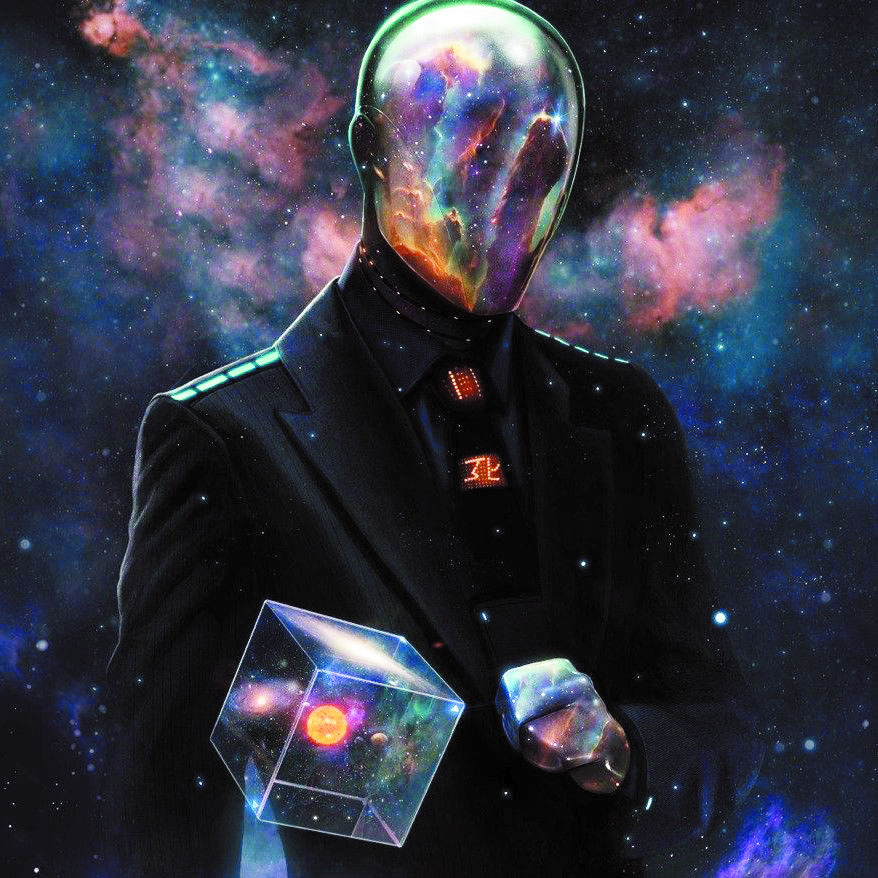Understanding man’s position in this universe is difficult. He is miniscule in terms of his size, his abilities, his strengths and his entity when compared to the hugeness of the universe. But there is a view that he is also a microcosm of the universe. One of the earliest thinkers to propound and elaborate upon this idea was Patanjali. His idea was that man is a system consisting of four basic components — the mineral man, the vegetable man, the animal man and the human man. Patanjali gives the different characteristics of each of those four components or subsystems that go into the making of an organic entity, the man. Patanjali explains that as the mineral man, man is alive yet passive, lazy by nature performing acts through the force of habit. Thus he is capable of doing only that which he is trained to do. The vegetable man is at a higher level, thus it feeds on the minerals and draws its sustenance from the energy it saps through the roots that is its connecting link. One advancement — from the mineral man to the vegetable man is its ability to reproduce, bear fruits and multiply. So it is the animate qualities that give it activity and enterprise. The animal man is yet another higher level of organization compared to mineral and the vegetable man. The distinctive feature of this component is its mobility. To move, to run, to walk, to connect and forge links with the surrounding world. The animal man develops the ability to think, to remember, to be conscious. The fourth or the highest subsystem is the human man which is a synthesis and harmony of the mineral man, the vegetable man and the animal man. It is this level where the spiritual subsystem or the Purusa is introduced into the individual material subsystem. It is owing to this Purusa that the human activity rises to the higher levels of spirituality and gets endowed with reason and soul. It is the human man that, vested with Purusa, acquires the human qualities of manipulating the environment, changing it and making it suit his own interest. This human man is supposed to shake all the shackles of prakriti or the matter that is dominant in the other three subsystems. Thus this approach of Patanjali is cosmic rather than social. But this needs to be understood that such cosmic character is yet not achieved and by and large it is the social approach that is a better explanation of the present state. Patanjali was thus right in assuming that the ideal man needs to be cosmic, but he could not visualise when that level will be achieved, if at all. Though this explanation of the model of man is more secular and less religious yet, does open vistas for understanding the true purpose behind human creation. Something that Shri Aurobindo talked about in his model of future evolution of man, the ascent of man to acquire supramind. It is this man who will be untouched by worldly pleasures, sufferings and attachments and will acquire Godliness or unity within the supreme soul. The Gita explains this state as the stithpragyan. One who is free of ignorance, ego, attraction, aversion and bodily pleasures, thus acquiring the yogic state. When that is going to happen, if at all, is almost impossible to visualise, yet the model of cosmic man is a grand explanation of the ultimate state of man.
Pathak is a professor of management, writer, and an acclaimed public speaker. He can be reached at ppathak.ism@gmail.com

























